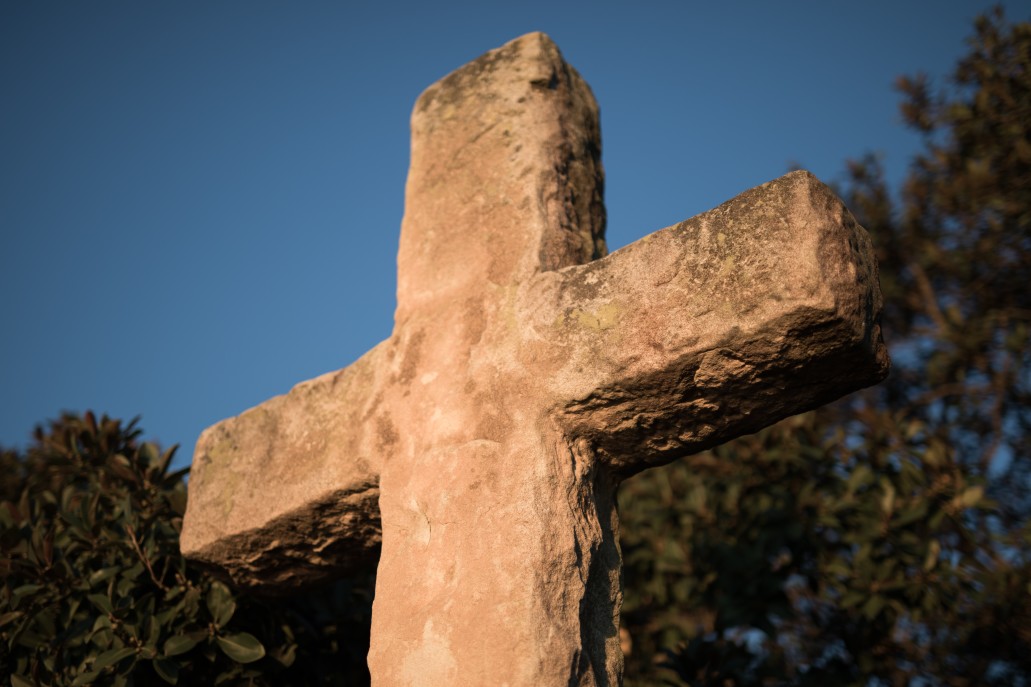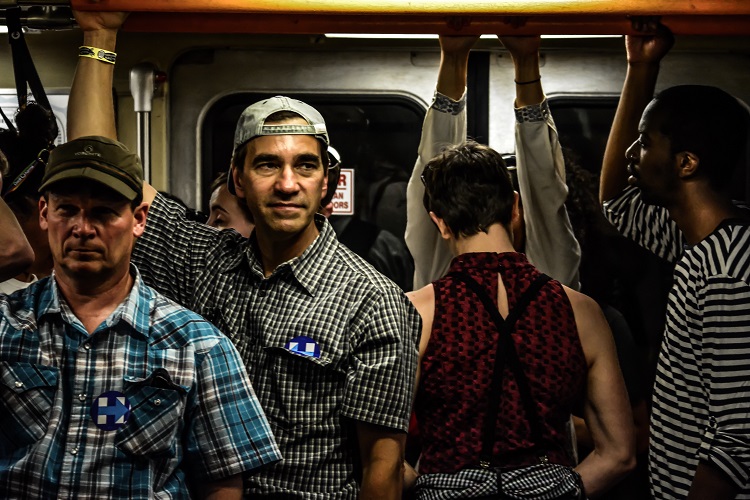It has been a little over a year since Covid-19 struck the world. The pandemic induced a fear that rooted itself deep within society as two weeks turned into months. Although for many the quarantine life was highly isolating, people came together (digitally of course) in amazingly supportive ways. From sending letters, to displaying handmade hearts outside of houses to thank essential workers, to thousands of new zoom accounts, the world found creative outlets to stay connected. However, as time draws on, how do we maintain such support and further, cultivate a lasting hope?
What is hope? Hope, to put it simply, is success-oriented motivation. In the Oxford Handbook of Hope, Snyder, Rand, and Sigmon define it as “a positive motivational state that is based on an interactively derived sense of successful (a) agency (goal-directed energy) and (b) pathways (planning to meet goals).” The interactions of our agency, goals, pathways and emotions are crucial in motivating positive behavior during times of adversity. In sum, hope is the ability to motivate ourselves to use created pathways to achieve goals. Many psychological findings show that hope promotes resilience and positive functioning. Furthermore, higher hope is key to greater physical and psychological wellbeing. However, the stated definition places onus on the individual. How, then, can we access self-agency in an isolated state? We must turn our sights to the one who created hope: God.
We often hope for materialistic things like a car or financial stability. However, these earthly desires cannot provide real hope. T.S. Eliot perfectly captures the human tendency to place hope in empty things. In his poem “Four Quartets,” Eliot writes:
I said to my soul, be still, and wait without hope
For hope would be hope for the wrong thing; wait without love,
For love would be love of the wrong thing; there is yet faith
But the faith and the love and the hope are all in the waiting.
Eliot simultaneously describes the faultiness of hoping in what is temporal and the unseen nature of true hope. Romans 8:24 tells us that true hope is unseen: “For in this hope we were saved. But hope that is seen is no hope at all. Who hopes for what they already have?” Unfortunately, we have a habit of clinging to the material world because it grants us tangible security and comfort. As Christians, however, we should place our full hope in God. Just as an anchor protects a boat in a storm, providing it security and stability, it is critical that we establish a connection to God that steadies us amid volatile waters.
Eliot’s poem also echoes Paul’s letter to the Corinthians, providing two crucial components for cultivating sustainable hope: faith and love. 1 Corinthians 13:13 says, “And now these three remain: faith, hope, and love. But the greatest of these is love.” Hope absent of faith and love is not tenable. If we understand that hope is unseen, then we must have faith to trust it. This faith also produces confidence in where we place our hope (Hebrews 11:1). Finally, an enduring hope relies on love. Our capacity to hope is a gift from God and thus demonstrates his love for us. Love not only connects us to God, but it also helps us empathize with others. Extending love to those around us creates communities of hope and necessary support networks.
Now, more than ever, we must cling to true hope. As fear and uncertainty abound, hope anchors us to God. Let’s maintain hope and encourage one another as we continue to endure the pandemic that shook the world.



